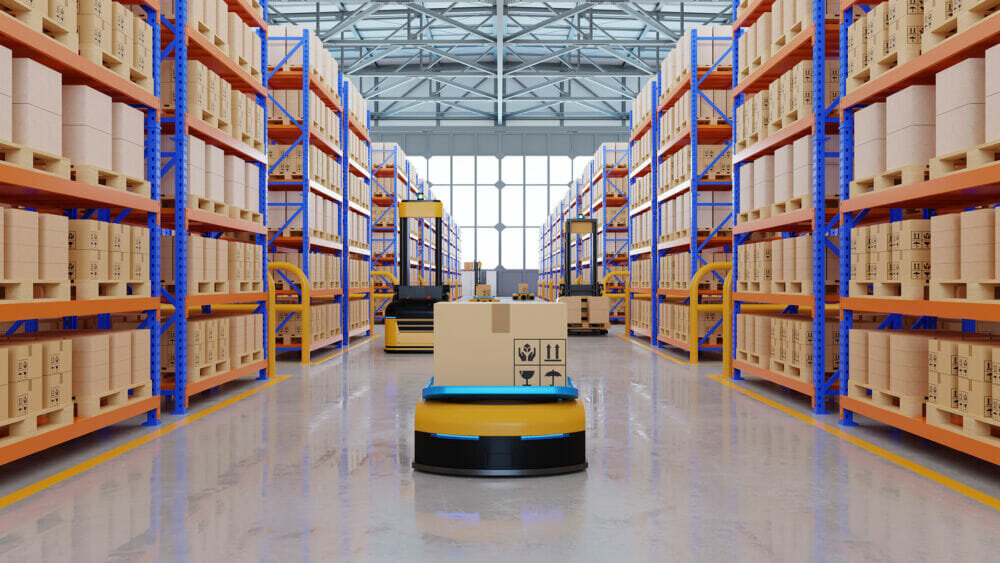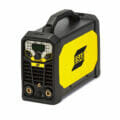~ Specialist battery manufacturer releases whitepaper exploring role of batteries in the digitalisation of logistics ~
In light of the high-profile challenges faced in supply chains since March 2020, there is a growing need for digitalisation and greater automation in logistics, intralogistics and warehousing. Reliable power is critical in this, but it is something that Ultralife Corporation, a global manufacturer of batteries for many and varied industrial applications, argues is often overlooked. The company has recently produced a whitepaper exploring the digitalisation trend in logistics, which highlights the battery requirements of popular modern logistics technologies. The whitepaper is available to download from Ultralife’s website.
Interest in logistics digitalisation has grown significantly following the COVID-19 pandemic, with labour shortages, elevated demand and component shortages putting strain on operations. Among the principal technologies gaining traction are intralogistics pick-and-place robotics, automated guided vehicles (AGVs) in warehouses and asset tracking tags.
Batteries and uninterruptible power supplies (UPSs) are essential in modern logistics devices. However, the requirements of these components are constantly evolving, which engineers must be aware of to ensure reliable and consistent performance. Ultralife’s whitepaper aims to demystify the requirements of batteries for logistics applications, outlining the most beneficial technical specifications and chemistries for each.
“New and advancing technologies are proving invaluable in helping the global logistics industry to overcome demand pressures,” explained Robert Brown, marketing executive at Ultralife Corporation. “These technologies are designed to improve efficiency and effectiveness, but this can only be achieved with a reliable source of power. Unfortunately, the evolving state of technology means that the battery requirements continue to change, so many design engineers may not be aware of the best characteristics.
“In the whitepaper, Ultralife explores the context behind logistics digitalisation — why it is happening, what challenges are being encountered and how that is affecting robot and device design. This background ties directly into the performance requirements of applications, such as RFID asset tagging, and in turn the battery properties that are best suited.”
The whitepaper also references the commercial off-the-shelf (COTS) battery ranges that have been developed by Ultralife Corporation to exceed the standard requirements of many robotics and devices. The ranges of primary and secondary batteries have been developed with the ideal energy densities, discharge profiles and mechanical properties to provide reliable power in challenging logistics environments.
“Our whitepaper highlights some of the COTS ranges of batteries that Ultralife has developed to give design engineers a strong basis to work from,” continued Brown. “However, complex applications will require batteries that are tailored to offer more unique characteristics. For example, an application may need a battery with an irregular footprint, or one that can operate at extremes of temperature.
“Ultralife has worked with engineers globally to develop bespoke battery packs and chargers that meet requirements that might not be achievable with a COTS product. This whitepaper highlights examples of applications where bespoke or off-the-shelf power might be selected.”
Design, automation and maintenance engineers that are involved in the logistics, intralogistics or warehousing sectors can download the whitepaper from the Ultralife Corporation website.





